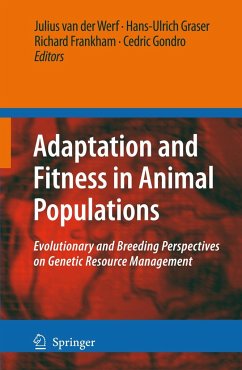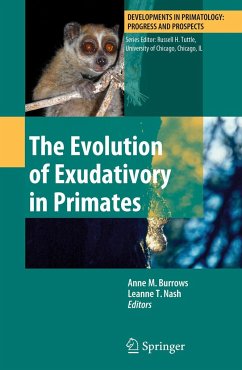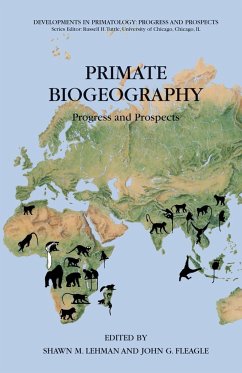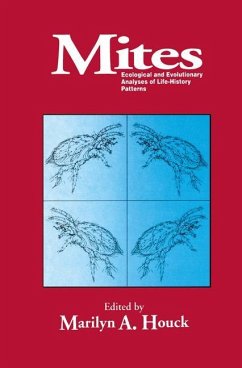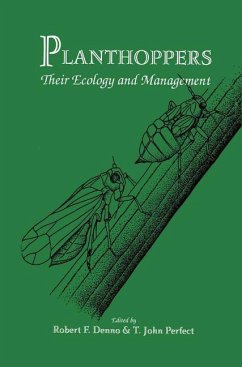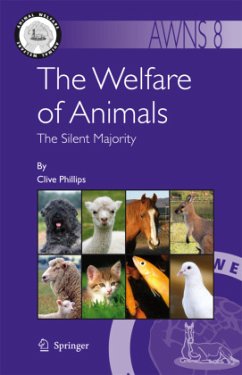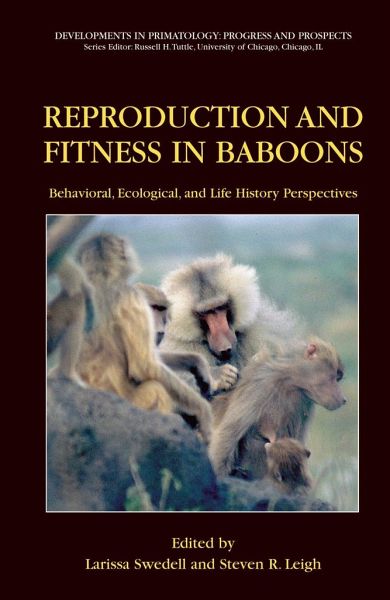
Reproduction and Fitness in Baboons: Behavioral, Ecological, and Life History Perspectives
Versandkostenfrei!
Versandfertig in über 4 Wochen
206,99 €
inkl. MwSt.

PAYBACK Punkte
103 °P sammeln!
The editors will address the questions of life history and reproduction by attempting to isolate the various components of reproductive success and fitness in baboons. This requires assembling research interests in morphology, behavior, ecology, and endocrinology of the five subspecies of Papio baboons. By synthesizing studies of reproduction, life history, growth, parenting, ecology, mate choice, and mating success, this volume will shed light on general features of life history traits and reproductive strategies that have made baboons successful. These findings have broad applications to und...
The editors will address the questions of life history and reproduction by attempting to isolate the various components of reproductive success and fitness in baboons. This requires assembling research interests in morphology, behavior, ecology, and endocrinology of the five subspecies of Papio baboons. By synthesizing studies of reproduction, life history, growth, parenting, ecology, mate choice, and mating success, this volume will shed light on general features of life history traits and reproductive strategies that have made baboons successful. These findings have broad applications to understanding the evolution of complex life history adaptations, such as those characteristic of other primates, and humans in particular. Many of the top researchers on the field are contributing to this volume.




